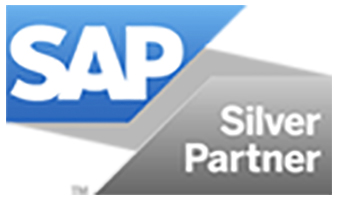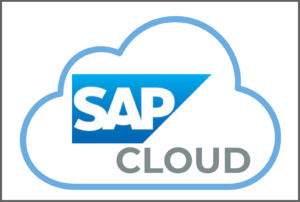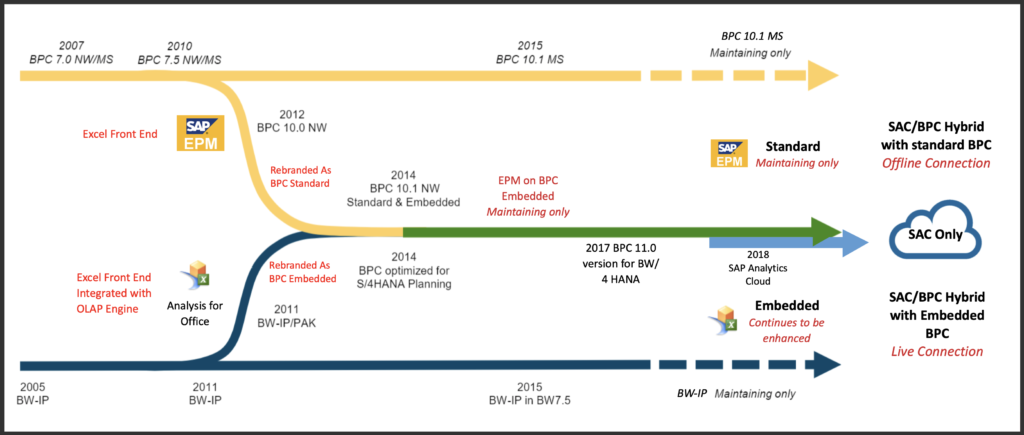The SAP talent gap has come to the forefront in industry conversations around digital transformation and mandatory upgrades forecasted for the next several years. This recent Forbes article shines a spotlight on the growing talent gap in the SAP ecosystem, particularly in relation to the migration of existing ERP systems to the S/4HANA platform. SAP has set a 2027 deadline for migrating legacy ERP systems to S/4HANA–and most of SAP’s 425,000 clients worldwide have not started their migrations yet.
While SAP S/4HANA can be used both on premise and in the cloud, the benefits of utilizing cloud technology are continually growing, convincing more and more organizations to make its adoption a priority. Organizations that wait too long to make the transition to the cloud may face difficulties due to outdated infrastructure. For an increasing number of organizations, it just makes sense when migrating to S/4HANA to simultaneously manage a move to the cloud.
With just 3 years remaining until the SAP deadline, it’s clear that there will be a surge in migration projects, leading to an unprecedented demand for qualified talent and a growing concern over the SAP talent gap. Many organizations will face challenges when recruiting top talent for their own teams and in finding partners with experienced consultants who are available.
Working with experienced SAP consultants is crucial for any organization looking to maximize the potential of SAP software and to reduce risk when executing SAP projects. SAP is a complex and constantly evolving platform; working with consultants who bring varied and robust experience to the table is essential to ensure successful implementation and ongoing support of the system.

In the early 2000s, the push to offshore SAP project delivery work exposed challenges when working with less experienced resources. Many projects were delivered behind schedule, incurred cost overruns, and resulted in functional and technical issues post-delivery. It was not unusual to have to invest significant capital to re-implement and clean up the issues. This experience led to the onshoring of many roles and to changes in how companies engage offshore resources. Moreover, it highlighted the importance of finding experienced SAP consultants and employees with SAP skills.
Senior SAP consultants provide the following benefits: in-depth knowledge and expertise, business acumen and familiarity with industry-specific processes, the ability to handle different SAP modules and integrations, an understanding of system upgrades and changes, efficient problem-solving skills, deep industry contacts and network, exposure to different project types and sizes, and an understanding of best practices. Those advanced skills lead to faster deployment and implementation, cost and time savings, and overall lower project risk.

The number of years of SAP experience is just one part of the equation when it comes to delivering a high-quality solution. At Vortex it is as much about understanding your corporate dynamic as knowing the SAP system. We take pride in forming true partnerships and working with our clients to find the best teams for their needs.
In summary, it is expected to become more and more difficult to find the right resources given the growing SAP talent gap and the surge in demand to migrate to the cloud. Experienced consultants bring a wealth of knowledge and expertise, helping organizations to streamline processes, increase efficiency, and achieve their business goals with SAP. In this competitive business landscape, partnering with experienced SAP consultants can give businesses a competitive edge and ensure they are making the most of their SAP investment. At Vortex, we are confident that we bring the best teams in the industry to help our clients be successful. Send us an email to get a conversation started with a member of our senior leadership team today.





 and maintain successfully. It requires someone–or a team–with experience. You need to ensure that the right people have the right access to be able to do their jobs. At the same time, it is vital that the “slice of the pie” each employee sees is necessary to their role, defined, and secured. Also, this is not a “one and done” scenario. As the business evolves and changes, so do the roles and the unique access that each of the roles has within the organization. Strategic role design and maintenance is an ongoing process which is critical to the security of your organization.
and maintain successfully. It requires someone–or a team–with experience. You need to ensure that the right people have the right access to be able to do their jobs. At the same time, it is vital that the “slice of the pie” each employee sees is necessary to their role, defined, and secured. Also, this is not a “one and done” scenario. As the business evolves and changes, so do the roles and the unique access that each of the roles has within the organization. Strategic role design and maintenance is an ongoing process which is critical to the security of your organization. Standard
Standard  If you were to bring up the topic of technological security with a group of colleagues, chances are it’s network security that would first come up in discussion. Intrusion and phishing are a few of the main areas that fall into this category. In the case of intrusion, we’re talking about the detection of network entry without proper authorization. And, unfortunately, we’ve all seen phishing in action–fraudulent messages that seek to obtain personal, valuable information, and designed to look as though they were from a reputable organization. In order to maintain a truly secure system, all access points into your network, such as VPNs, need to be secured. The Vortex team is very aware of these threats and makes network security an integral part of every project, whether that’s including our own security experts in a full staffing scenario or collaborating with your on-staff security team during an SAP setup or upgrade.
If you were to bring up the topic of technological security with a group of colleagues, chances are it’s network security that would first come up in discussion. Intrusion and phishing are a few of the main areas that fall into this category. In the case of intrusion, we’re talking about the detection of network entry without proper authorization. And, unfortunately, we’ve all seen phishing in action–fraudulent messages that seek to obtain personal, valuable information, and designed to look as though they were from a reputable organization. In order to maintain a truly secure system, all access points into your network, such as VPNs, need to be secured. The Vortex team is very aware of these threats and makes network security an integral part of every project, whether that’s including our own security experts in a full staffing scenario or collaborating with your on-staff security team during an SAP setup or upgrade. comprising your holistic security architecture, and when discussing these, there’s another topic that cannot be excluded from the conversation–understanding security of cloud vs. on-premise. Simply said, the more you go on-premise with your SAP investment, the more SAP performance ability you give up. The powerful SAP cloud platform has stronger capabilities and is a sound, secure choice for your business in the long term.
comprising your holistic security architecture, and when discussing these, there’s another topic that cannot be excluded from the conversation–understanding security of cloud vs. on-premise. Simply said, the more you go on-premise with your SAP investment, the more SAP performance ability you give up. The powerful SAP cloud platform has stronger capabilities and is a sound, secure choice for your business in the long term.


